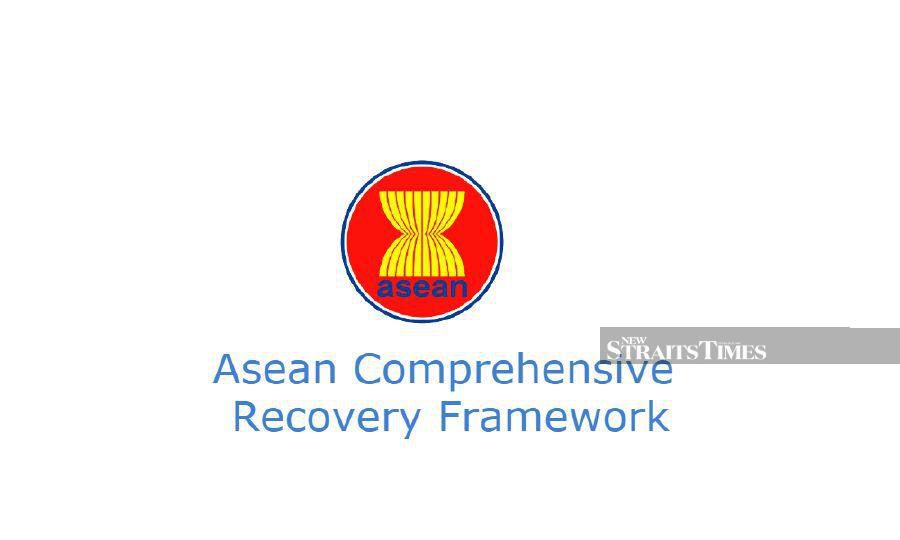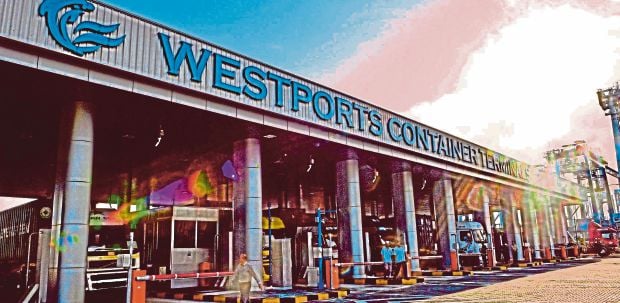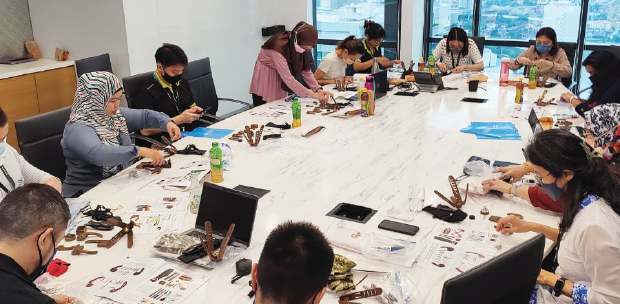BRUNEI recently assumed the chairmanship of Asean and among its priorities will be starting the implementation of the Asean Comprehensive Recovery Framework, the bloc's response to the pandemic.
The Framework envisions not only a more resilient, better equipped region with stronger health care systems, including, very importantly a focus on mental health but also thriving societies and economies able to ride on the upcoming digitalisation and artificial intelligence' waves while "advancing towards a more sustainable and resilient future".
It will be rolled through three distinct stages - Reopening, Recovery and Resilience - the latter being defined as "a period converging with long term Asean's shared vision", highlighting the so called "whole-of Asean community approach' will ensure alignment with existing plans and priorities.
Because of its comprehensiveness and holistic approach, the three strategic areas at the foundation of the bloc, the so called "communities", will remain relevant, helping mainstreaming the Framework within the Asean system.
While preeminently centred on the economic and socio cultural dimensions, peace and stability and harmony amid increasingly more complex geopolitical dynamics in the region will stay crucial. These are the cornerstones of the Asean's political security dimension, itself a raison d'être of the entire project of regional cooperation in the South East Asia.
Future instability might not only come from territorial and maritime disputes but also from worsening social economic conditions where prospects of secure livelihoods for the people at the bottom are going to be further diminished by climate disruptions.
Therefore, combining a focus on stronger and more equitable social security systems while investing in future jobs, is far sighted.
If the document could offer each member state with an initial platform upon which they might model their national blueprints for re-skilling and up-skilling of the work force, it warrants consideration how the envisioned job markets are going to absorb the huge informal sector still so prevalent across the region.
If this will happen with dignity and inclusively, it is easier to imagine the upcoming of prosperous and equitable and stable Asean.
Without stronger welfare mechanisms, a bottom up and inclusive 4th revolution throughout South East Asia will be hard to realize with the risks of enabling a recovery that instead of being truly transformational, continues to perpetuate existing inequities.
A recent study published by the Asian Development Bank, "Reaping Benefits of Industry 4.0 Through Skills Development in High-Growth Industries in Southeast Asia", shows how vital is going to be to think about a full recovery embracing the disruptive changes in the economies while also including and engaging those at the bottom.
It is going now to be the right "time to invest in skills development that will help displaced workers acquire the abilities necessary to move into new jobs and help job-seekers access quality jobs for greater prosperity" explains the study. Enhanced welfare system and new mechanisms aimed at creating the required competencies for the new economy are not separate goals but instead are complementary and indispensible to each other.
The region needs inclusive public policies able to reach out the most vulnerable segments of the populations, including persons with disabilities. Effective governing and policy making at national levels is paramount but it is not to be enough: extraordinary amount of resources will be necessary to deliver.
The creation of a Recovery Fund as funding mechanism to roll out the Framework, itself a milestone for Asean, will require huge investments from the international community but at the same time, could also encourage more solidarity among the richest Asean nations.
Member states like Singapore, Thailand, Malaysia and Brunei must do more to create a more level playing field within the bloc and it is within their strategic interest as well. Ensure that the Framework truly aligns with the ongoing reviews of the three Asean communities is also key.
These exercises to assess and evaluate the status of the play in the three strategic areas of interventions are instrumental for the upcoming policy planning cycle setting the stage for a post Vision 2025.
Designing the objectives of what the bloc will look like between 2025 and 2030 will depend a lot on how the member nations will come out of the ongoing crisis and how the three different stages of implementation of the Framework will play out.
If potentially transformative changes on the ground could happen, enabling new sustainable infrastructures and investments that will help nourish more resilient and prosperous societies, a lot will depend on the governance aspect of Framework. The Asean Coordinating Council Working Group on Public Health Emergencies (ACCWG-PHE) was set up when the pandemic unfolded and proved useful.
Now it is a key player in the implementation of the framework. The same mechanism will now have a "central role in coordinating and monitoring Asean's overall response to the present and future public health emergencies".
The Asean Coordinating Council (ACC) to whom the ACCWG-PHE responds to, should play the effective role of linking, connecting and keep accountable the vast number of technical committees involved to achieve all the deliverables of the Framework.
Brunei has an important responsibility to ensure that the mechanisms in place are the right ones and that the vast and complex governance system behind Asean can move effectively and efficiently, proving that, working by consensus, can go far and fast.
The author is the Co-Founder of ENGAGE and writes on social inclusion, youth development, civic engagement, regional integration and the SDGs in the context of Asia Pacific.
The views expressed in this article are the author's own and do not necessarily reflect those of the New Straits Times






